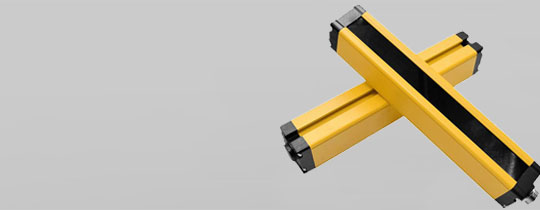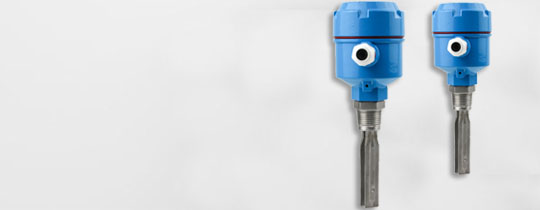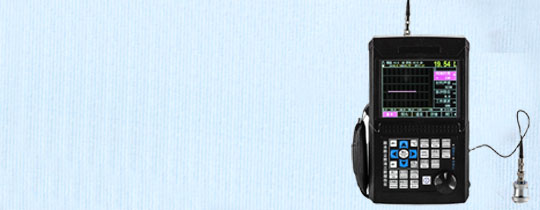
Waterproof deviation switch DPP-J02DPK-12-30
The waterproof deviation switch DPP-J02The belt deviation controller is made of high-precision aluminum alloy produced by die-casting, with high strength, lightweight and sturdy outer shell, and is painted with red paint, smooth and bright. Easy to discover. Used for emergency shutdown of belt conveyors due to belt deviation
- Waterproof deviation switch DPP-J02
- ZHUOXIN
- 24-380v
- IP65
- TT, Paypal, Credit card, Western union
- +86-15163766288
- The waterproof deviation switch DPP-J02The belt deviation controller is made of high-precision aluminum alloy produced by die-casting, with high strength, lightweight and sturdy outer shell, and is painted with red paint, smooth and bright. Easy to discover. Used for emergency shutdown of belt conveyors due to belt deviation
Description

Waterproof Runaway Switch DPP-J02 Basic Principle of Waterproof Runaway Switch DPP-J02 When the conveyor belt deviates during operation, the conveyor belt touches the switch vertical roller and causes it to deflect. When the vertical roller deflection angle reaches level 1 switch angle, the switch sends an alarm signal. When the conveyor belt deviates seriously and reaches the second level switch angle, the switch sends a stop signal to automatically stop the conveyor belt due to deviation fault. When the deviation fault is eliminated and the tape machine is running normally, the switch vertical roller can automatically reset and return to the initial state. Installation and Adjustment
1. The deviation switch should be set on both sides of the conveyor belt, and the vertical rollers should be perpendicular to the edge plane of the conveyor belt, and the two sides of the conveyor belt should be located at 1/3 of the height of the vertical rollers. The distance between the vertical roller of the deviation switch and the normal position of the conveyor belt should be 50-100mm. The number of deviation switches should be determined based on the length, type, and layout of the conveyor. Generally, it should be set at the head, tail, convex arc section, concave arc section, and in the middle position of the conveyor. (Note: When the conveyor is long, one pair can be installed every 30-35 meters in the middle position of the conveyor.) 4. The deviation switch should be connected to the middle frame of the conveyor through an installation bracket. The switch bracket should be welded to the conveyor frame after the conveyor is installed. The deviation switch and the deviation switch bracket should be fixed with bolts. Scope of application: Two level deviation switches are used for conventional belt conveyors: underground and cable support. Belt conveyors: ship loading and unloading systems; Stacking/reclaiming conveyor; Tilt and shuttle conveyors; Crane, excavator, boom limit: skirt feeder/conveyor: heavy-duty limit switch detects the deviation of the tape, which is a protective device for automatic alarm and shutdown of the tape machine control. Widely used in various belt conveyor equipment in fields such as metallurgy, coal, cement and building materials, mining, electricity, ports, metallurgy, chemical industry, etc. Classification of deviation switches:
There are ordinary types, wiring chamber types, and address encoded types of deviation switches. The ordinary type refers to the two-stage deviation switch mentioned above; The wiring chamber type deviation switch is equipped with a waterproof wiring chamber on the basis of the ordinary type deviation switch. The on-site control cable can be directly connected to the wiring chamber to prevent faults caused by moisture and virtual connection of cable joints. The address encoding type deviation switch integrates XLline fieldbus technology on the basis of ordinary deviation switches, achieving address encoding function. Suitable for remote monitoring of the operation of long belt conveyors as on-site equipment, it solves the inconvenience caused by workers searching for fault points. The address encoded two-level deviation switch is connected to the comprehensive protection device (gateway) through XLline fieldbus, supporting up to 128 addresses, and multiple switches can be used simultaneously at the same address. Its main feature is that only one two core cable is needed to complete data transmission simultaneously without the need for power supply< br/>
1. The deviation switch should be set on both sides of the conveyor belt, and the vertical rollers should be perpendicular to the edge plane of the conveyor belt, and the two sides of the conveyor belt should be located at 1/3 of the height of the vertical rollers. The distance between the vertical roller of the deviation switch and the normal position of the conveyor belt should be 50-100mm. The number of deviation switches should be determined based on the length, type, and layout of the conveyor. Generally, it should be set at the head, tail, convex arc section, concave arc section, and in the middle position of the conveyor. (Note: When the conveyor is long, one pair can be installed every 30-35 meters in the middle position of the conveyor.) 4. The deviation switch should be connected to the middle frame of the conveyor through an installation bracket. The switch bracket should be welded to the conveyor frame after the conveyor is installed. The deviation switch and the deviation switch bracket should be fixed with bolts. Scope of application: Two level deviation switches are used for conventional belt conveyors: underground and cable support. Belt conveyors: ship loading and unloading systems; Stacking/reclaiming conveyor; Tilt and shuttle conveyors; Crane, excavator, boom limit: skirt feeder/conveyor: heavy-duty limit switch detects the deviation of the tape, which is a protective device for automatic alarm and shutdown of the tape machine control. Widely used in various belt conveyor equipment in fields such as metallurgy, coal, cement and building materials, mining, electricity, ports, metallurgy, chemical industry, etc. Classification of deviation switches:
There are ordinary types, wiring chamber types, and address encoded types of deviation switches. The ordinary type refers to the two-stage deviation switch mentioned above; The wiring chamber type deviation switch is equipped with a waterproof wiring chamber on the basis of the ordinary type deviation switch. The on-site control cable can be directly connected to the wiring chamber to prevent faults caused by moisture and virtual connection of cable joints. The address encoding type deviation switch integrates XLline fieldbus technology on the basis of ordinary deviation switches, achieving address encoding function. Suitable for remote monitoring of the operation of long belt conveyors as on-site equipment, it solves the inconvenience caused by workers searching for fault points. The address encoded two-level deviation switch is connected to the comprehensive protection device (gateway) through XLline fieldbus, supporting up to 128 addresses, and multiple switches can be used simultaneously at the same address. Its main feature is that only one two core cable is needed to complete data transmission simultaneously without the need for power supply< br/>
Tags
Get the latest price? We'll respond as soon as possible(within 12 hours)

















.jpg)